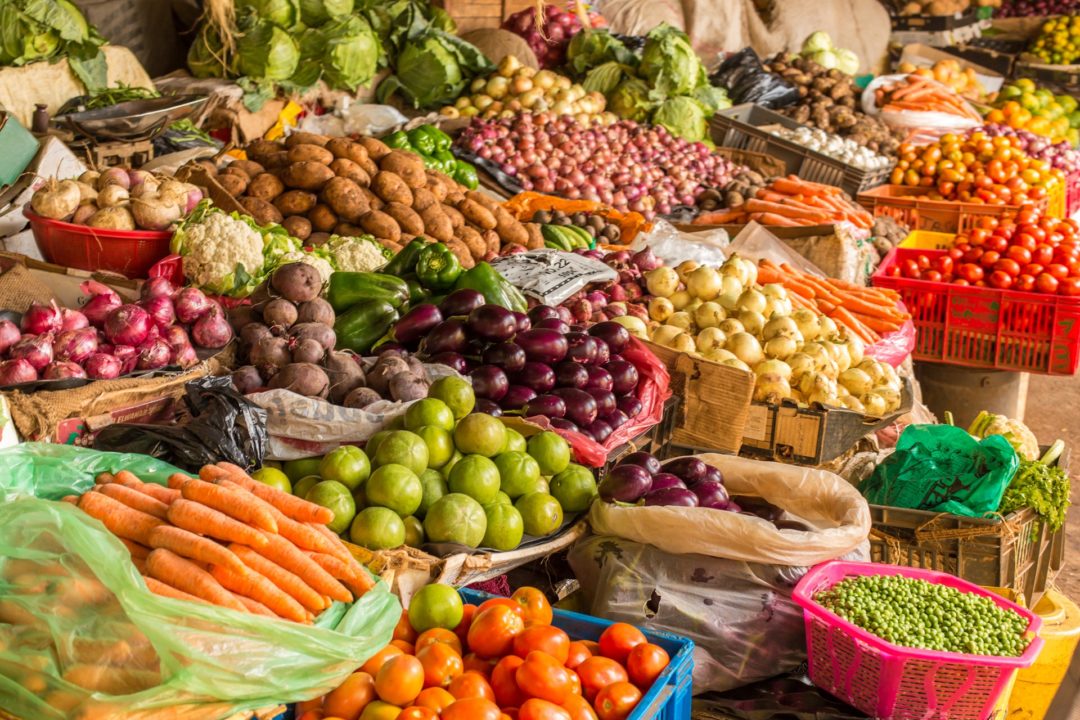- Does saturated fat really cause heart disease?
- What’s the difference between grass-fed and organic?
- Is farm-raised salmon as good as wild salmon?
- Ahiflower Oil
It’s also loaded with GLA (gamma linolenic acid), a wonderfully anti-inflammatory omega-6 fat that’s found in evening primrose oil and has been shown in research to benefit skin by increasing smoothness and hydration. And the stearidonic acid in ahiflower oil has been shown to boost blood levels of EPA, an omega-3 usually found only in animal products like fish and fish oil. EPA (eicosapentanoic acid) has long been known to be beneficial for the heart.
Ahiflower is completely GMO-free and sustainable. Like other omega-3 plant oils (flaxseed, etc) it should not be used for cooking, but is terrific for salad dressings, ice cream, smoothies, and drizzling over cooked vegetables. (Like other culinary oils, it can be used for light sautéing at relatively low heat.) It checks an awful lot of boxes on the omega-3/healthy food list and you’re going to be hearing a lot about it in the coming years.
2. Gooseberries
Gooseberries are closely related to currants — you might even call them “kissing cousins.” They’re small berries and they come in all different colors, flavors and shapes although they’re usually oval shaped. They grow wild in Europe, where they originated, in North America and Siberia. Just like currants, they thrive best in places where summers are humid, but winter is harsh and chilly. And they’re loaded with antioxidant polyphenolics and various vitamins.
Gooseberries contain small amounts of essential vitamins such as pyridoxine (vitamin B-6), pantothenic acid (vitamin B5), folate, thiamin (vitamin B-1) and vitamin A. They also contain decent levels of minerals like copper, calcium, phosphorus, manganese, magnesium, and potassium.
3. Jackfruit
I wish I could tell you I discovered Jackfruit the way my friend Chris Kilham (aka “the Medicine Hunter”) would have, traipsing around the Brazilian rain forest with a machete searching for hidden sources of nutritional magic and medicine, but I actually found it in Whole Foods.
There it was sitting in a little plastic pouch, offering itself up as a new healthy snack and looking for the entire world like dried papaya. I decided to try it and I’m glad I did. The dried fruit sold in stores is chewy, sweet, fibrous and delicious.
The fruit itself is huge, as ingigantic. It’s actually the largest tree-borne fruit in the entire world and can weigh as much as 100 pounds. And while the fruit has a lot of vitamin C, it contains hundreds and hundreds of nutrient rich seeds that have a lot of protein, calcium, potassium and iron. The fruit itself comes from South and Southeast Asia — in fact; it’s the national fruit in Bangladesh. And while you’ll almost never find it in the US, you can sometimes get whole jackfruit in places like Chinatown in New York City.
Next month, I’ll tell you about three other foods that are new to The 150 Healthiest Foods on Earth. Don’t forget, the new edition drops Aug 29, and you canpre-order now!(Full disclosure: Building pre-sales for the books motivates the publisher to go out and spend some money on publicity to get the word out, so I’d sure appreciate it if you would pre-order! Thanks!)
Jonny Bowden, “the Nutrition Myth Buster” is a board-certified nutritionist and the
 best-selling author of 15 books including The Great Cholesterol Myth, Living Low Carb, the 150 Healthiest Foods On Earth and Smart Fat. To learn more about healthy living, motivation and nutrition, visit jonnybowden.com.
best-selling author of 15 books including The Great Cholesterol Myth, Living Low Carb, the 150 Healthiest Foods On Earth and Smart Fat. To learn more about healthy living, motivation and nutrition, visit jonnybowden.com. Note: The statements presented in this column should not be considered medical advice or a way to diagnose or treat any disease or illness. Dietary supplements do not treat, cure or prevent any disease. Always seek the advice of a medical professional before altering your daily dietary regimen. The opinions presented here are those of the writer.
Posted on WholeFoods Magazine Online, 7/17/17










